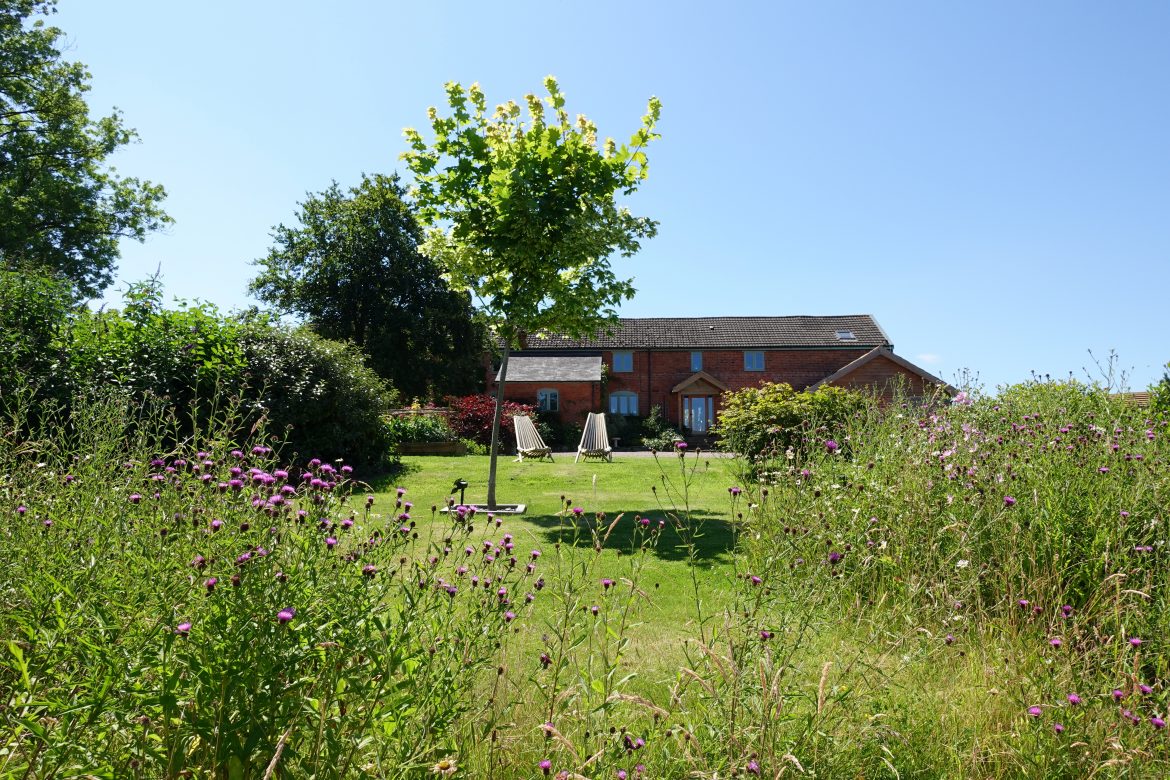The weather this year has been unstable, overcast, wet and cold. As the weather finally starts to improve and temperatures start to rise, it’s a good time to look at our air source heat pump’s performance so far in 2021.
In the table below, we can see that the average temperature has been steadily going up since in January, and with that the total air source heat pump consumption has also decreased. The consumption figures have all been extremely high, and even April and May are very high. Admittedly, we do want to keep the house warm (21C in most areas), and the consumption is definitely connected to the outside ambient temperature. The colder it is, the more kWh are used by the heat pump to drive the central heating.

I pulled last year’s data for the same period, January to May 2020, and it made for some interesting reading and comparisons. For starters, last year it was a lot warmer. This naturally meant that the heat pump did not work as hard or as frequently. What I also found interesting was that the mean temperature in March 2020 was 6C and 6.68C in March 2021, and the air source heat pump’s consumption is nearly identical.
This clearly illustrates the correlation between ambient temperature and ASHP performance and this ultimately speaks to our heat pump’s performance for heating our property. Honestly, I don’t know if this is a good thing or a bad thing, so it’s best to think about this from a monetary and fuel comparison perspective. Had we still had our oil boiler, with colder outdoor temperatures, we would have consumed significantly more oil in 2021.

At the end of the day we are talking about central heating. If temperatures outside are colder you will use more fuel to heat the house, irrespective of what that fuel is. The biggest sticking point for air source heat pumps though is the electricity tariff, and this is a point I have raised before. I can only hope that the UK government does something soon to reduce tariffs for ASHP users, because with the current trend, running costs will soon become much more expensive than oil and LPG.
It’s also worth mentioning that we haven’t factored in our solar production, which will definitely offset some of our consumption.
Our ASHP’s lifetime COP is now at 2.73 (with a flow temperature if 45C). We’d obviously like to get this above 3.
In April, we managed to improve the internal performance of our heating by putting in a larger circulation pump and upgrading radiators to K3s in rooms that were struggling to come to temperature.
This leads us to the next phase of the air source heat pump journey: decrease the total consumption of the ASHP, while keeping the house warm. The first way that we are going to try and address this is by potentially playing around with flow rate temperatures. We currently run at 45C, and I think we’ll drop to 40C this coming autumn and see how the numbers stack up against 2020 data. We will also address drafts and insulation, as we do every summer.
We’re also hoping that since the coldest part of the house will now come to temperature as a result of the new K3 radiators, this could lead to the ASHP turning on less frequently to satisfy heating demand. I’m not sure how much this will impact the consumption as our UFH will still be calling for heat for vast portions of the day and night in winter, but the radiator circuit will definitely have less demand. It’ll be interesting to see if this has a positive impact on our consumption.
